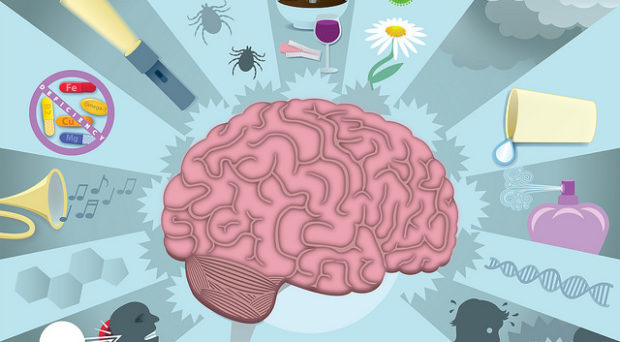
A recent study in Science by The Brainstorm Consortium assessed the genetic correlation between neurological and psychiatric traits. The results showed that there is a small but significant genetic correlation between attention deficit/hyperactivity disorder (ADHD) and migraine. However, the symptomatic correlation of these disorders has never actually been observed in an adult.
Most research on ADHD and migraine has focused on children and adolescents since ADHD has mainly been observed in these groups. It has been argued that symptoms of ADHD disappear with age. However, during the last few years, it has been established that adult ADHD is a real and prevalent phenotype, and that the much lower observance is caused by adults’ increased ability to adapt – both themselves and to their surroundings. With age, adults with ADHD are likely to learn to deal with their symptoms, and they are more likely to select jobs and environments where the disease will be accepted or can remain hidden. In other words, they have the power to shape their lives in a way that children and adolescents in the school system can not. ADHD has therefore been much more evident in children and for this reason, no studies with a large cohort of adults with ADHD have been available.
With these data, they were able to conclude that there was an association between the occurrence of ADHD and migraine in adults that were otherwise healthy.
In order to collect data, Dr. Hansen and colleagues conducted individual assessments of ADHD and migraine symptoms from 26,456 participants of the Danish Blood Donor Study. Prior to blood donation participants answered two questionnaires. The first was the Screening Questionnaire for Migraine to asses for the presence of migraine. The 18 item ADHD Self-Report Scale v1.1 was filled out to assess for ADHD symptoms. With these data, they were able to conclude that there was an association between the occurrence of ADHD and migraine in adults that were otherwise healthy. One interesting finding was that adults with higher ADHD symptomatology were more likely to experience migraine with visual disturbances (also known as aura) compared to migraine without visual disturbances.
By obtaining this very large and unique cohort, they discovered that there is indeed a strong correlation between ADHD and migraine even though it has not been observable in earlier studies of children cohorts. We also observed that this comorbidity was particularly pronounced in individuals between 45-55 years of age. These findings suggest that ADHD or migraine symptoms change over the course of life. Another possibility might be that there is a difference between individuals who are diagnosed as children and individuals who are diagnosed as adults.
Although Dr. Hansen established an association between migraine and ADHD the findings have resulted in more questions. Future studies will aim to elucidate which genetic and environmental factors contribute to the migraine-ADHD comorbidity.
Comments